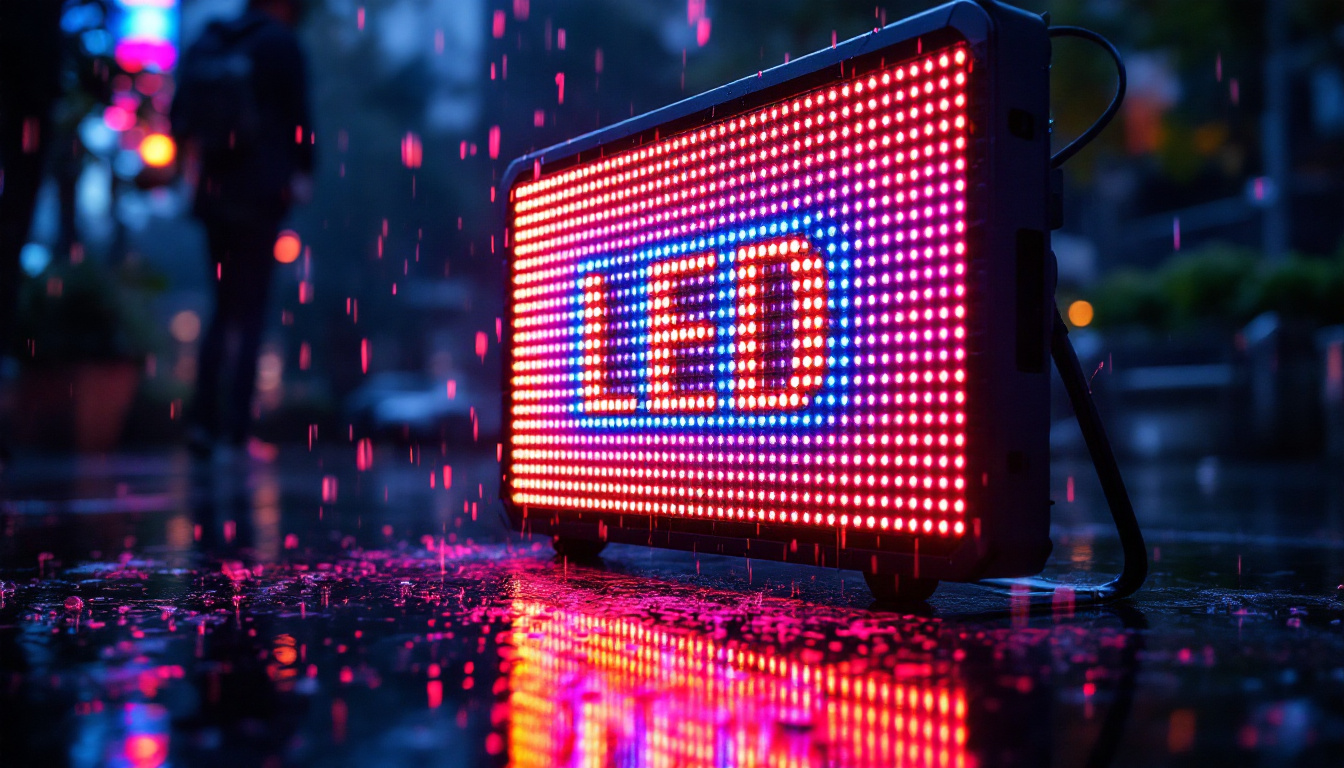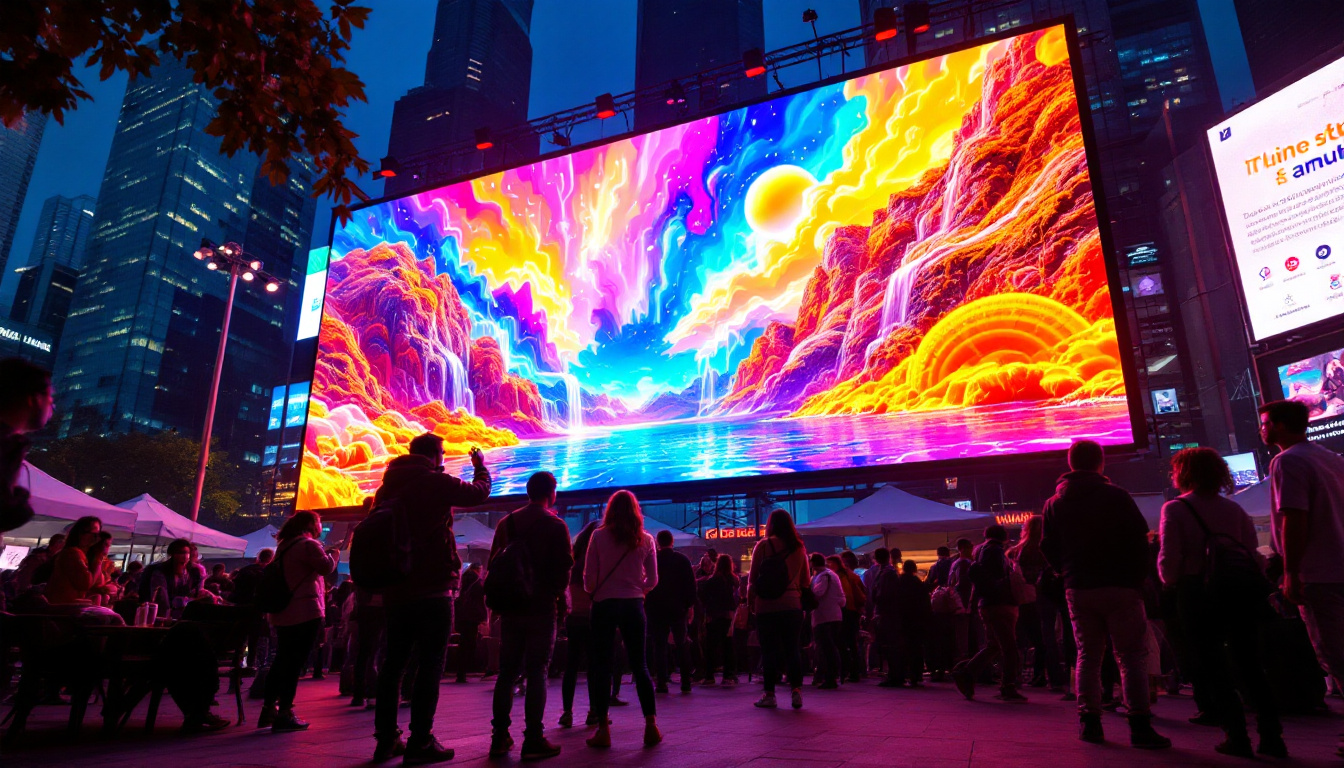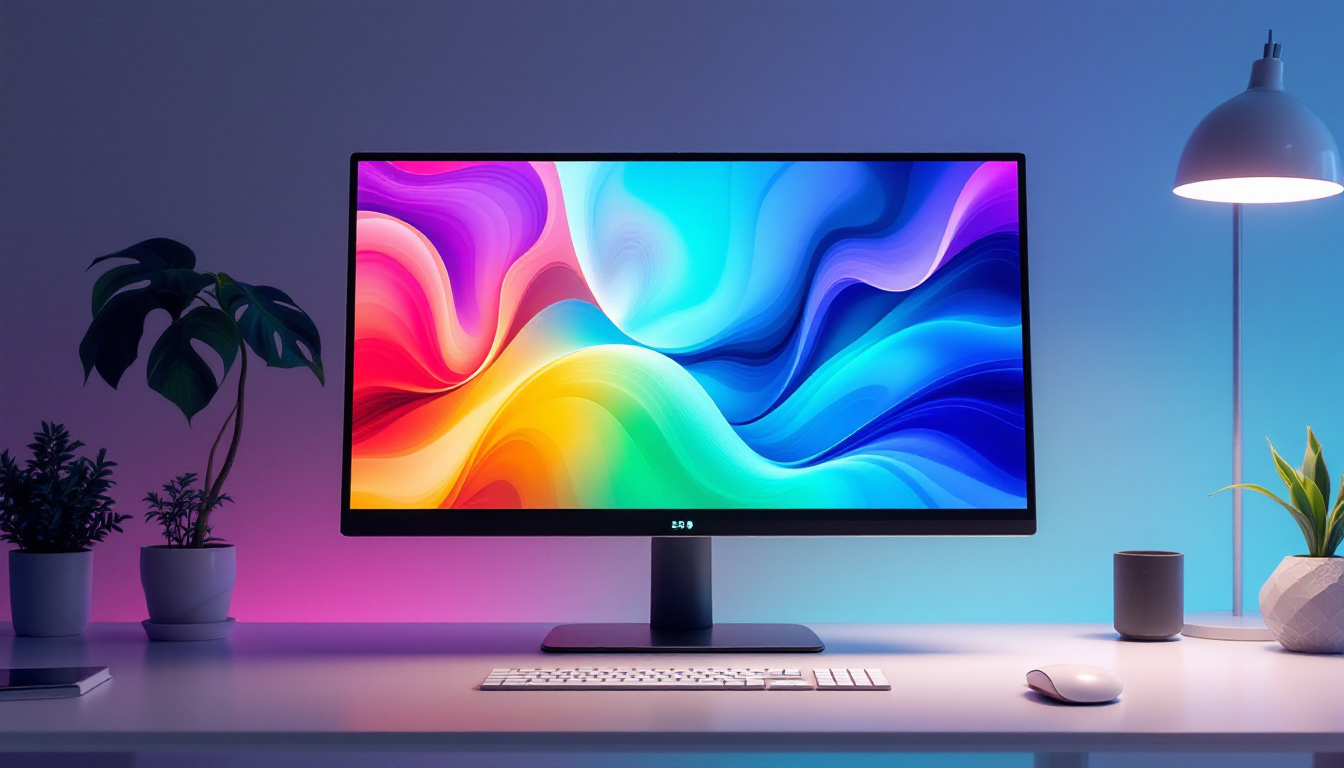In an era where technology is rapidly evolving, digital touch displays have emerged as a significant innovation in various sectors, from retail to education. Among the various types of display technologies, LED displays stand out due to their vibrant colors, energy efficiency, and versatility. This article explores the intricacies of digital touch displays, focusing on LED technology, its advantages, applications, and future prospects.
Understanding LED Technology
Light Emitting Diodes (LEDs) are semiconductor devices that emit light when an electric current passes through them. This technology has transformed the way displays are designed and utilized, offering numerous benefits over traditional display methods.
How LED Displays Work
LED displays consist of an array of tiny light-emitting diodes that work together to produce images and videos. Each LED can be individually controlled, allowing for precise color mixing and brightness adjustments. The basic structure of an LED display includes:
- Pixel Matrix: Each pixel is made up of red, green, and blue (RGB) subpixels that combine to create a full spectrum of colors.
- Driver Circuitry: This component controls the flow of electricity to the LEDs, enabling them to light up in specific patterns.
- Control System: A digital control system processes the input signals and translates them into visual output on the display.
The efficiency of LED displays lies in their ability to produce bright images while consuming less power compared to traditional LCD or CRT displays. This makes them an ideal choice for various applications, from large outdoor billboards to small handheld devices. Additionally, the longevity of LED technology is noteworthy; LEDs can last up to 25,000 hours or more, significantly reducing the need for frequent replacements and maintenance, which is a common drawback of older display technologies.
Types of LED Displays
LED displays come in various types, each suited for different applications. The most common types include:
- Direct View LED (DVLED): These displays consist of individual LEDs that form the entire screen. They are often used in large-scale applications, such as stadiums and concerts.
- LED-backlit LCD: In this configuration, an LCD panel is illuminated by an array of LEDs. This type is commonly found in televisions and computer monitors.
- Organic LED (OLED): OLED displays use organic compounds that emit light when an electric current is applied. They offer superior color accuracy and contrast, making them popular in high-end devices.
Moreover, advancements in LED technology have led to the emergence of MicroLED displays, which utilize microscopic LEDs to create images. This innovative approach allows for even greater pixel density and improved energy efficiency, paving the way for ultra-high-definition screens that can be used in everything from virtual reality headsets to large-scale digital signage. The versatility of LED technology continues to expand, with ongoing research focusing on enhancing color reproduction and reducing production costs, making it an exciting field for future developments in visual display technology.
Advantages of Digital Touch Displays
Digital touch displays equipped with LED technology offer numerous advantages that enhance user experience and engagement. Their unique features make them suitable for a wide range of applications.
Enhanced Visual Quality
One of the most significant benefits of LED displays is their superior visual quality. They provide high brightness levels, vibrant colors, and excellent contrast ratios. This ensures that content is easily viewable in various lighting conditions, making them ideal for both indoor and outdoor settings.
Furthermore, the ability to control individual pixels allows for smoother gradients and more detailed images. This is particularly advantageous in applications such as digital signage, where visual impact is crucial.
Energy Efficiency
Energy efficiency is another compelling advantage of LED technology. LED displays consume significantly less power than traditional display technologies, leading to lower operational costs and a reduced carbon footprint. This energy efficiency is especially beneficial for large installations that run continuously, such as advertising billboards or information kiosks.
Additionally, the longevity of LED displays contributes to their overall sustainability. With a lifespan of up to 100,000 hours, they require less frequent replacements, further minimizing waste and resource consumption.
Interactivity and User Engagement
Digital touch displays facilitate interactivity, allowing users to engage directly with the content. This is particularly useful in educational environments, retail spaces, and exhibitions, where user interaction can enhance learning and customer experience.
Touch technology, combined with LED displays, enables features such as multi-touch capabilities, gesture recognition, and intuitive navigation. This creates a dynamic and engaging environment that can capture attention and encourage participation.
Applications of Digital Touch Displays
The versatility of digital touch displays makes them applicable in a variety of fields. Their ability to convey information effectively and engagingly has led to widespread adoption across numerous industries.
Retail and Advertising
In the retail sector, digital touch displays are revolutionizing how brands interact with customers. Interactive displays can showcase products, provide information, and even facilitate transactions. This not only enhances the shopping experience but also allows retailers to collect valuable data on customer preferences and behaviors.
Advertising has also evolved with the advent of digital touch displays. They enable dynamic content updates, allowing advertisers to tailor messages based on time, location, or audience demographics. This targeted approach can significantly increase engagement and conversion rates.
Education and Training
In educational settings, digital touch displays have become invaluable tools for teachers and students alike. They facilitate interactive learning experiences, allowing students to engage with educational content in a hands-on manner. This can lead to improved retention and understanding of complex subjects.
Moreover, digital touch displays are also used in corporate training environments. They can simulate real-world scenarios, enabling employees to practice skills in a controlled setting. This interactive approach to training can enhance learning outcomes and boost employee confidence.
Healthcare and Medical Applications
The healthcare industry has embraced digital touch displays for various applications, from patient information systems to surgical displays. In hospitals, these displays can provide real-time data to healthcare professionals, improving decision-making and patient outcomes.
Additionally, interactive displays in waiting rooms can help educate patients about procedures, conditions, and treatment options. This not only enhances patient engagement but also fosters a more informed patient population.
Challenges and Considerations
While digital touch displays offer numerous advantages, there are challenges and considerations that must be addressed to ensure their effective implementation.
Cost and Investment
The initial investment for high-quality LED displays can be significant. Organizations must weigh the upfront costs against the long-term benefits, including energy savings and increased engagement. Budget constraints may limit the adoption of this technology, particularly for smaller businesses.
However, as technology advances and production costs decrease, the accessibility of digital touch displays is expected to improve. Organizations should consider the potential return on investment when evaluating the feasibility of incorporating this technology.
Maintenance and Support
Regular maintenance is essential to ensure the longevity and optimal performance of digital touch displays. Organizations must establish maintenance protocols and ensure that staff is trained to address potential issues. This includes cleaning the screens, updating software, and troubleshooting technical problems.
Additionally, having a reliable support system in place is crucial. Organizations should partner with reputable vendors who can provide timely assistance and resources to address any challenges that arise.
The Future of Digital Touch Displays
The future of digital touch displays, particularly those utilizing LED technology, is promising. As advancements continue to emerge, several trends are expected to shape the evolution of this technology.
Integration with Augmented and Virtual Reality
One of the most exciting prospects for digital touch displays is their integration with augmented reality (AR) and virtual reality (VR) technologies. This combination can create immersive experiences that enhance user engagement and interaction.
For instance, in retail, customers could use AR to visualize products in their own space before making a purchase. Similarly, in education, AR can bring lessons to life, allowing students to explore complex concepts in an interactive manner.
Advancements in Display Quality
As technology progresses, improvements in display quality are anticipated. Future LED displays may offer even higher resolutions, wider color gamuts, and enhanced brightness levels. This will further elevate the visual experience, making it more captivating and realistic.
Additionally, innovations in flexible and transparent display technologies could lead to new applications that were previously unimaginable. These advancements will likely open up new avenues for creativity and functionality in various industries.
Increased Focus on Sustainability
With growing concerns about environmental impact, the future of digital touch displays is likely to emphasize sustainability. Manufacturers are expected to prioritize eco-friendly materials and energy-efficient designs, aligning with global efforts to reduce waste and carbon emissions.
As consumers become more environmentally conscious, organizations that adopt sustainable practices in their display technologies may gain a competitive edge in the market.
Conclusion
Digital touch displays, particularly those utilizing LED technology, are transforming the way information is presented and interacted with across various sectors. Their vibrant visuals, energy efficiency, and interactivity make them invaluable tools in retail, education, healthcare, and more.
While challenges such as cost and maintenance exist, the benefits far outweigh the drawbacks. As technology continues to advance, the future of digital touch displays looks bright, promising even more innovative applications and enhancements that will further enrich user experiences.
Organizations looking to leverage this technology should stay informed about trends and advancements to ensure they remain competitive in an increasingly digital world. Embracing digital touch displays could be the key to unlocking new levels of engagement and success in the years to come.
Discover LumenMatrix’s Innovative LED Display Solutions
Ready to elevate your visual communication and engage your audience like never before? LumenMatrix is at the forefront of LED display technology, offering a wide array of solutions tailored to your unique needs. From Indoor and Outdoor LED Wall Displays to specialized options like Vehicle, Sports, and Floor LED Displays, our products are designed to captivate and inspire. Experience the future of digital touch displays with our Custom, All-in-One, and Transparent LED solutions. Check out LumenMatrix LED Display Solutions today and transform your space into a dynamic visual experience.































